Your introduction should excite your audience and get them to lean in and want to hear every word you are about to share.
Big ideas deserve even bigger introductions. A magnetic positioning statement inspires your audience to lean forward and say TELL ME MORE before you even begin your presentation, panel, or interview.
This episode of the do’s and don’ts for a great introduction is an excerpt from The Magnetic Intro + Bio Workshop. The workshop for speakers, coaches, and entrepreneurs who are ready to authorize their reputation power (& get audiences fired up to hear more) by learning how to craft a rockstar intro (typo) and magical media bio.
Your stage is waiting — let's pump your audience up.
“Your speech starts from the time that someone begins introducing you.”
[00:00:00] Mike Ganino: One of the common things that happens when you do what I do for a living. Which is to be a public speaking and storytelling stage presence coach. Is that when I go and speak at an event where I'm also a keynote speaker, the other people who are speaking often come to me for my advice or my, not even my advice, but to say, how did it go? What did you see? What could I do better? How could I improve? And it's always a strange conversation because we're not in a coaching relationship at all. And I also don't know what they're working on yet. We haven't developed that.
[00:00:32] Mike Ganino: And I think one of the big crimes people commit to public speakers, especially other public speakers is to go up and tell them, you know, what they should be doing different or what should they should try. Or if they had done X, Y, and Z. It's just not a good thing. We have a whole philosophy around our live events of why people aren't able to give each other feedback, why we don't want people sharing feedback with each other.
[00:00:53] Mike Ganino: Because it can be really damaging, but it happens every single time I go out and speak when people know what I do, the other speakers come up and say, how did I do. And you know what? My common responses is? It's that their introduction, the thing that someone read before they walked out on stage needs some work.
[00:01:10] Mike Ganino: That's really a common place because your speech starts from the time that someone begins introducing you. And really we could even go further and say it starts with the bio and the marketing, because it's starting to create a frame for the audience of what to think, but really in the moment, in the time of your speech, it starts when the person introduces you.
[00:01:29] Mike Ganino: And what happens so often are all of these tiny little mistakes, these tiny little things, because we haven't put a lot of work into that introduction that someone else is going to read.
[00:01:39] Mike Ganino: We have a course called The Magnetic Intro and Bio course. It's available now. In fact, if you want to grab it, it's $47. You can get it at MikeGanino.com/intro – Mike Ganino dot come slash intro.
[00:01:53] Mike Ganino: That's going to get you the course. It has a bunch of little mini episodes, one of them, which I'm going to share with you today. I'm going to play it here for you today. It also comes with a full podcast feed so you can listen to the course. And all the worksheets, including a really fun Madlibs version of how to write your intro and bio, the thing that's like written into the materials about you.
[00:02:11] Mike Ganino: So, we pulled this episode from one of the modules in that course. And it's called the big list of do's and don'ts when writing your introduction and bio. And we thought, you know what? Let's put it out there. It's got some helpful things. It's not super teachy, it's literally a big old list of things you should do and things you shouldn't do when it comes to your introduction and bio.
[00:02:34] Mike Ganino: Remember, this is where the audience is starting to frame you. They're starting to think about what's this going to be like, what's this person's about. And it's where they start to think about your topic. And we so often waste that critical real estate, but you're not going to do it after you listen to this episode or after you check out the course, The Magnetic Intro and Bio course available over at mikeganino.com/intro.
[00:03:00] Mike:Your introduction that someone is reading out loud should be shorter than two minutes. If it is taking someone seven minutes to get here, it's too long.
“Think critically about the initials you use and whether the audience will get it.”
[00:03:39] Mike: You wanna know how they introduce President Barack Obama? They say, “ladies and gentlemen, President Barack Obama.” You wanna know how they introduce Prince Harry, whose new book just became available? They say, “ladies and gentlemen, Archie's dad, Prince Harry.” Like they don't spend 27 minutes introducing these people.
[00:03:57] Mike: They try to get to it quick because they realize the audience is excited, and let's get Taylor Swift out here. Let's not take 22 minutes and introduce Taylor Swift because we need the audience to get to it. The shorter your bio, the more power boss you seem. So keep it shorter than two minutes for introductions.
[00:04:12] Mike: Avoid a lot of initials. I just addressed that. Um, same thing happens in tech a lot, where someone is speaking in tech and so they'll use titles like CPO, which is Chief Product Officer that if you work in the tech space, you'll understand, but outside of the tech space, people are gonna think you're a robot from Star Wars. So think critically about the initials you use and whether the audience will get it.
[00:04:32] Mike: Don't create a false start. That's where you say your name at the beginning and they start clapping and now you've got two more minutes of intro. Save your name for the final moment. Make it clear to them when to clap.
[00:04:43] Mike: Write it so that it's obvious. Please welcome to the stage. Please put your hands together for our speaker. Please put it together. Please turn up your earbuds. Please turn up the dial. Please pull over and listen in.
[00:04:56] Mike: Welcome to the show, Mike Ganino. Whatever that is. Make it clear to them when to clap, when to applause. Guide the audience and tell them what to do.
[00:05:03] Mike: Don't drop too many names. Don't be telling us about everyone you ever worked with, someone you met, you one time went to a Amy Porterfield conference, you shook hands with Michelle Obama.
[00:05:12] Mike: You ate dinner at a restaurant next to Oprah Winfrey once. We don't need to know all of those things. That's just you bragging and making yourself feel important, uh, because you're nervous and anxious. Give us the goods which we've shown you to do so far. Don't make the intro all about you if you follow the advice here the intro and bio is secretly about the audience.
[00:05:29] Mike: Don't include unclear jokes. This is where you say something that people don't get. Like for example, I would probably test my “basic” comment on the on the pumpkin spice latte in target and see did people actually get it. I would try that out with a bunch of people and be like, did you get it?
[00:05:44] Mike: And if enough people like, I didn't really get it, I wouldn't put that in there. It's a wah-wah moment when we have an unclear joke.
[00:05:51] Mike Ganino: Hey, remember I told you this was from a workshop called The Magnetic Intro and Bio. And so in that workshop, I had written a fake bio for myself. And in that fake bio, I said something about how I would go to, how I like to take presentations beyond the basics. Uh, and made a joke about basic pumpkin spice, lattes and target. So that's what I'm talking about earlier in the course of one of the modules I had talked about something about basic presentations and target and pumpkin spice latte. So again, you want to test that to make sure it works now let's get back to the stuff from the course here…
[00:06:28] Mike: Don't quote other people. This is me and Chloe telling you, don't quote other people. You are quotable. You are the one we should be quoting. Okay. Make other people quote you in their introduction. Unless they took this workshop, and then they'll know not to, but don't quote other people.
[00:06:45] Mike: I've seen this before. I've introduced people where the quote was, they started off with a Brene Brown quote or something. Brene Brown said to be vulnerable and find joy. And that's exactly what our next speaker does. And it's like, well, why the heck isn't Brene Brown here then? And the audience gets excited and they're like, oh, it's just Mike Ganino. I thought Brene Brown was here.
[00:07:04] Mike: Don't quote other people. You're fabulous. And if you use the work we showed you today, they're gonna know you're fabulous.
[00:07:09] Mike: And then don't be clever and cute with titles. We don't have any clue what a communication wizard is. What a, what a tech ninja is, what any of those things are.
[00:07:21] Mike: By the way, those are also the place where a ton of really un-inclusive language weasels itself in. I've heard people that had, uh, I had someone at an event and I said, I wouldn't say it. I was the emcee, uh, where she talked about her spirit animal. So she was a white woman talking about her spirit animal. And I said, I will not read this.
[00:07:39] Mike: I'm so sorry. I'm happy to help you write a new one, but I will not read this. It's not inclusive. The place where we often see the un-inclusive stuff come in is the clever and cute titles. I'm a boy mom, I'm a girl dad. As if there's shame in being a boy dad, or shame in being a, there's a whole nother rant that I won't go into, but don't be cute and clever with your titles.
[00:08:00] Mike: It is often where ambiguity comes in. It's often where the audience doesn't get it. It makes you easy to forget cuz we don't know what you do. And often this is where we weasel in and say a whole bunch of things that are, um, turning off the audience and, and communicating things we don't mean to communicate when we're up on stage.
[00:08:18] Mike: You are enough. What you've been through is enough. You don't need to rely on clever and cute. You yourself, what you're about to say. What you're there to share is clever and cute enough. Let your introduction gas you up.
[00:08:31] Mike Ganino: Hi, it's present day Mike, back here with you. So that's the mini lesson inside of The Magnetic Intro and Bio workshop. That's the do's and don'ts. There's about 15 other modules in there that help you craft your amazing introduction that someone will read before you go onto a stage, or before you go onto a podcast or are interviewed in a panel. There's also a whole section around how to create a bio for yourself that goes along with show notes that people post, or it goes along with the materials for the event.
[00:08:59] Mike Ganino: That course is available for you at mikeganino.com/intro. You'll be able to grab the course, the worksheets, the Madlibs version of how to do it all. And also a podcast version so you can listen to this on the go and then come back to your work and spot and grab the worksheets and fill it out. Again, if you want that it's over at MikeGanino.com/intro. We will see you on the next episode.
“The place where we often see the un-inclusive stuff come in is the clever and cute titles.”
“The full course is available for you at mikeganino.com/intro. You'll be able to grab the course, the worksheets, the Madlibs version of how to do it all. And also a podcast version so you can listen to this on the go and then come back to your work.”
My approach is all about transforming your relationship with your voice, body, and story. It's one thing to write about it - it's another to take a breath and speak the words out loud.
Ready for your close-up?
You don’t need a speaking coach, a formula, or to follow someone else’s steps. You need feedback about how the audience experiences your ideas, your presence, your story, and your speech.
That’s what a keynote director does.


Browse by category
In the world of performance, the director gives “notes” which include specific, actionable tips for the performers.
Musings and dispatches about creativity, storytelling, and finding more meaning as a public speaker.
A podcast with storytellers, public speakers, and performers about the art and science of saying something.




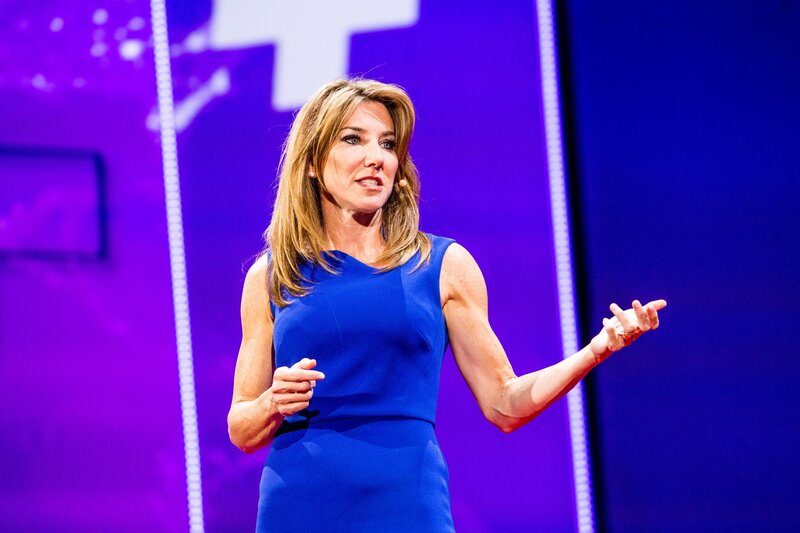



"Mike helped me create the signature keynote I'd been dreaming of giving. He was so skillful, artful, creative in helping me create a #mikedropmoment."




“He should have charged me 5x as much because the VALUE I received was so astounding!”
“Working with Mike made me more compelling, more motivational, more relatable, and more myself”
WORD ON THE STREET
— Erin King, Bestselling Author & Top-Ranked Keynote Speaker
— Tiffany Lanier, Change and wellbeing keynote speaker
— Laura Gassner Otting, bestselling author and TEDx speaker
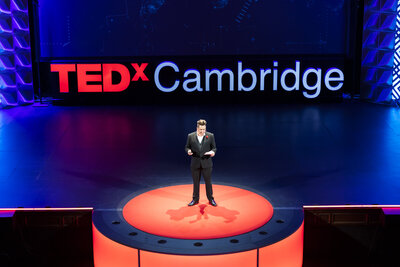

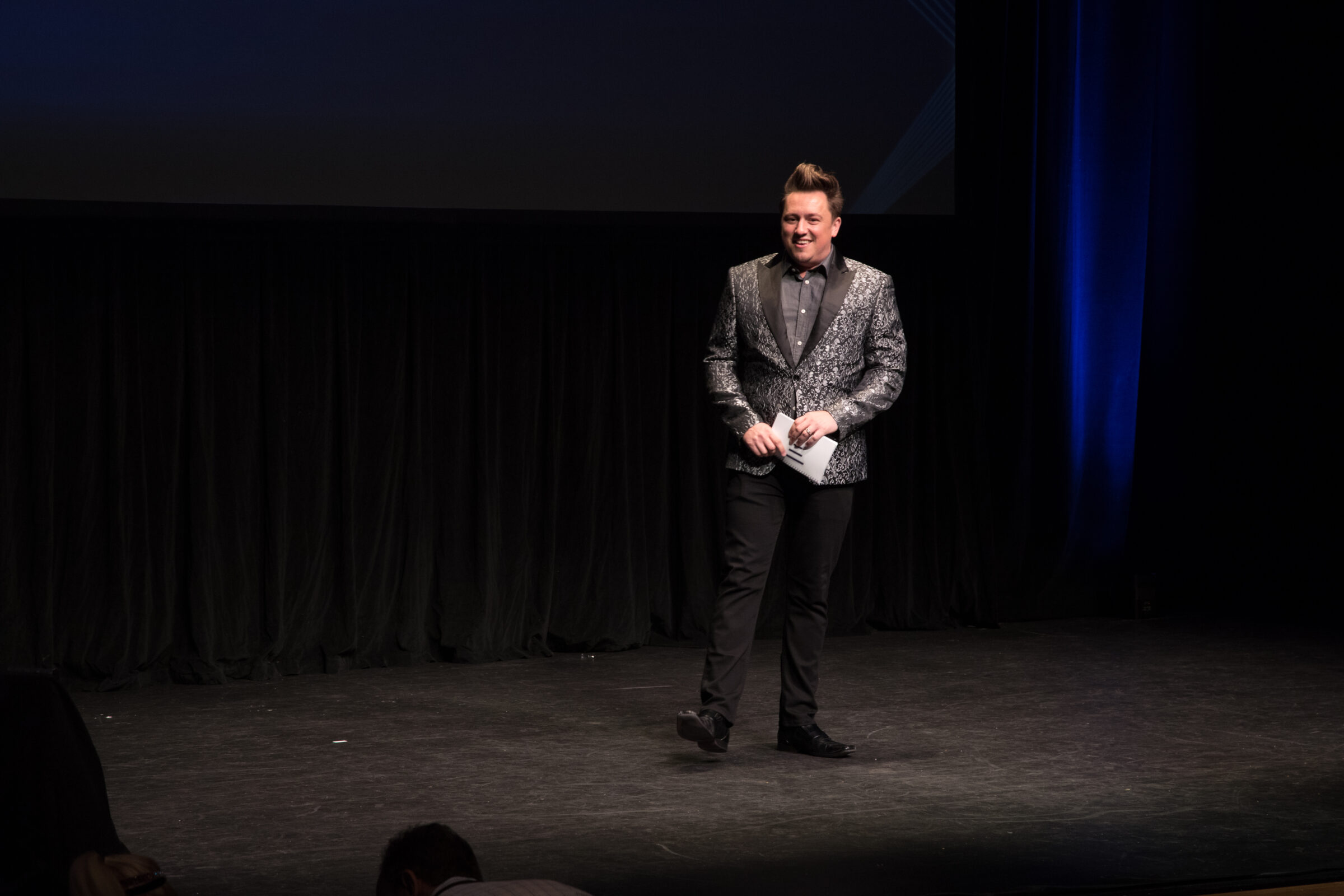





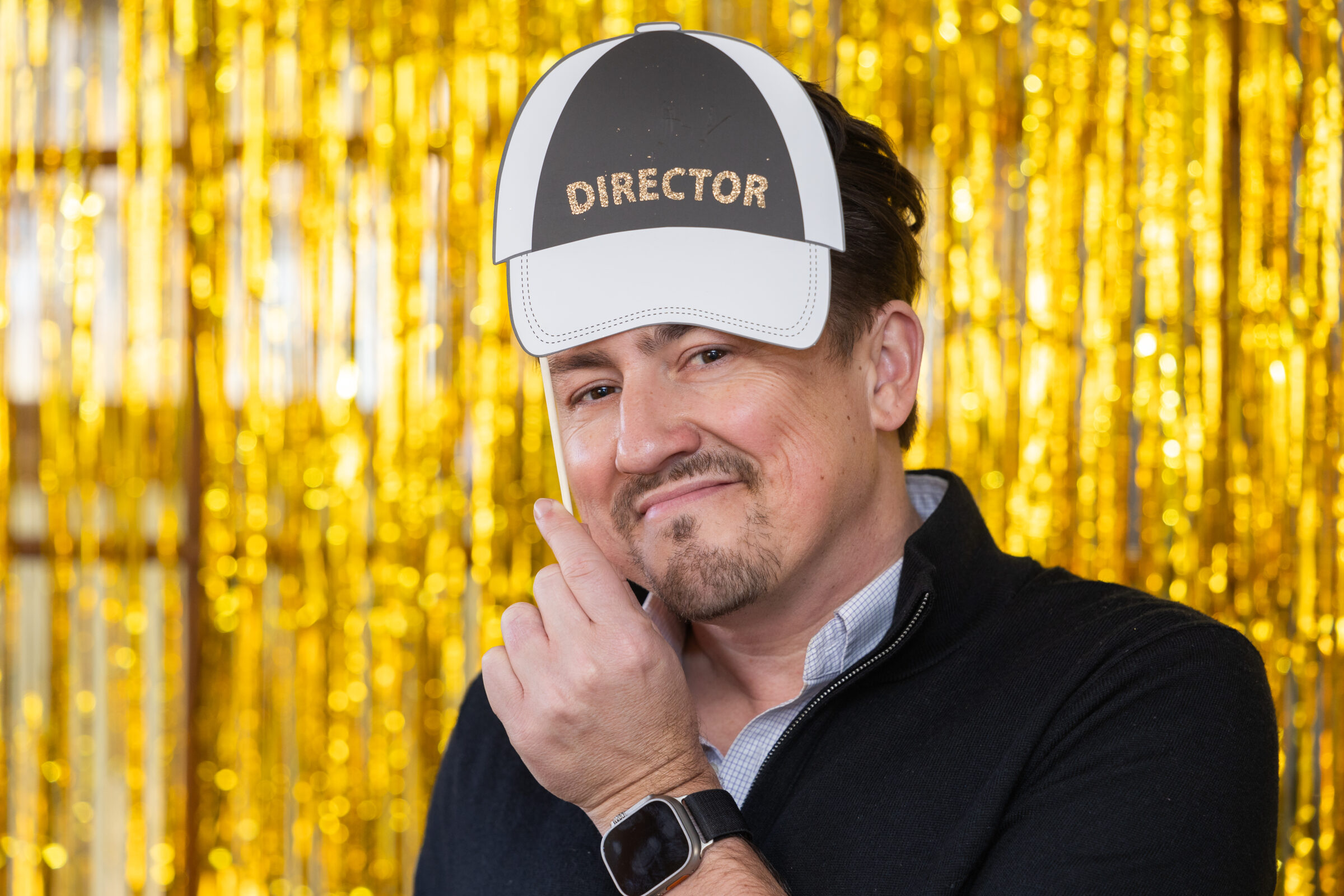

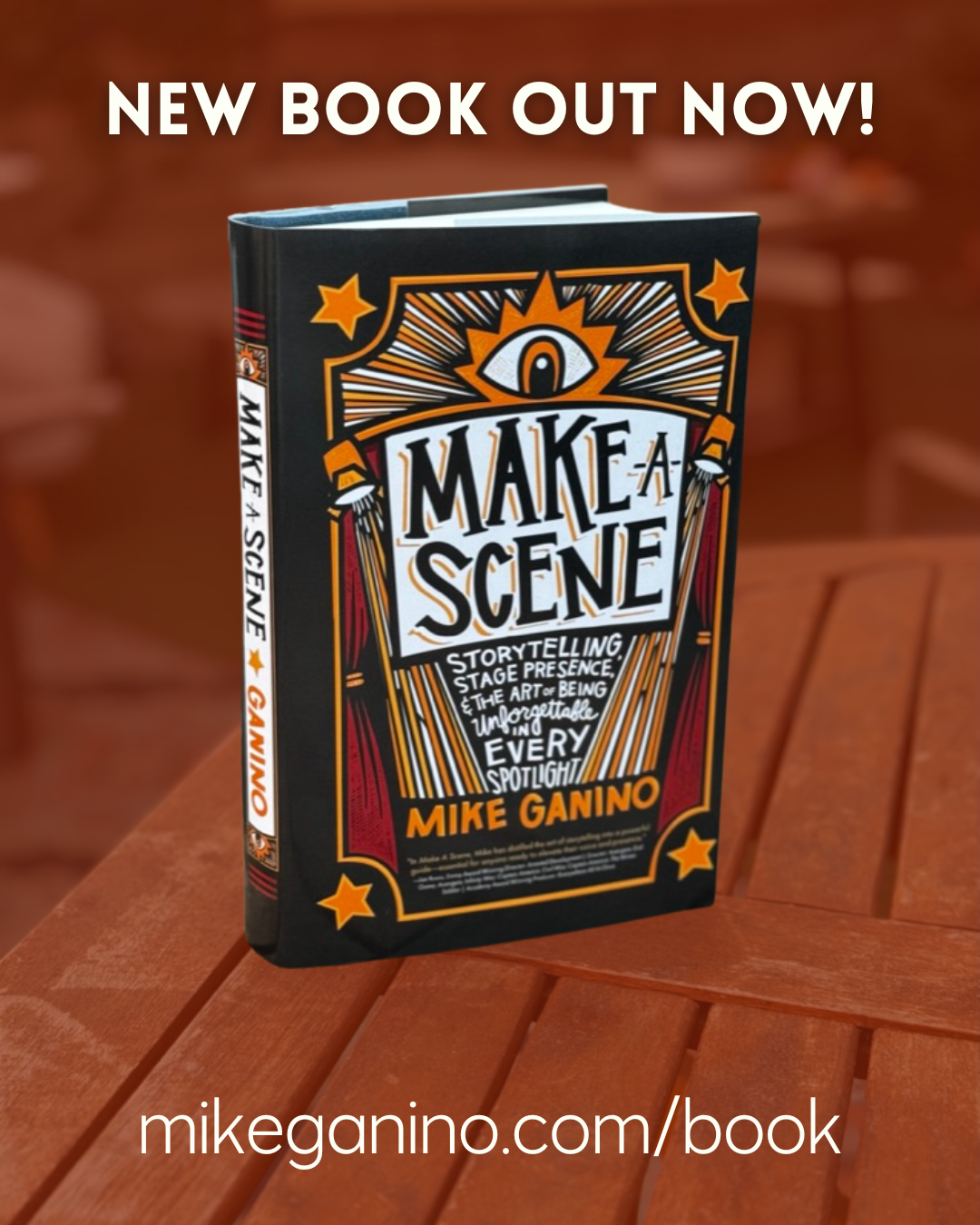
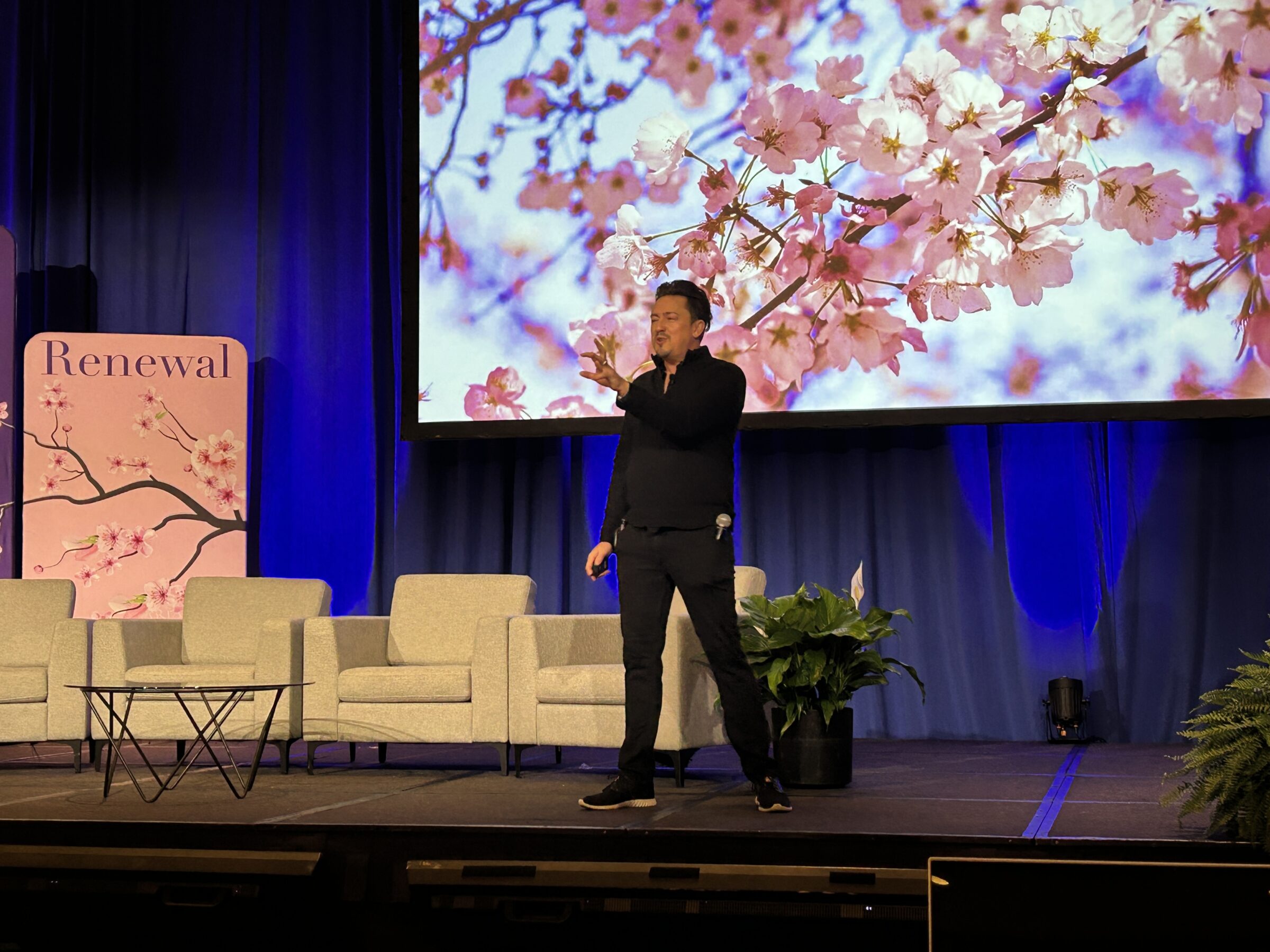



+ Show / Hide Comments
Share to: